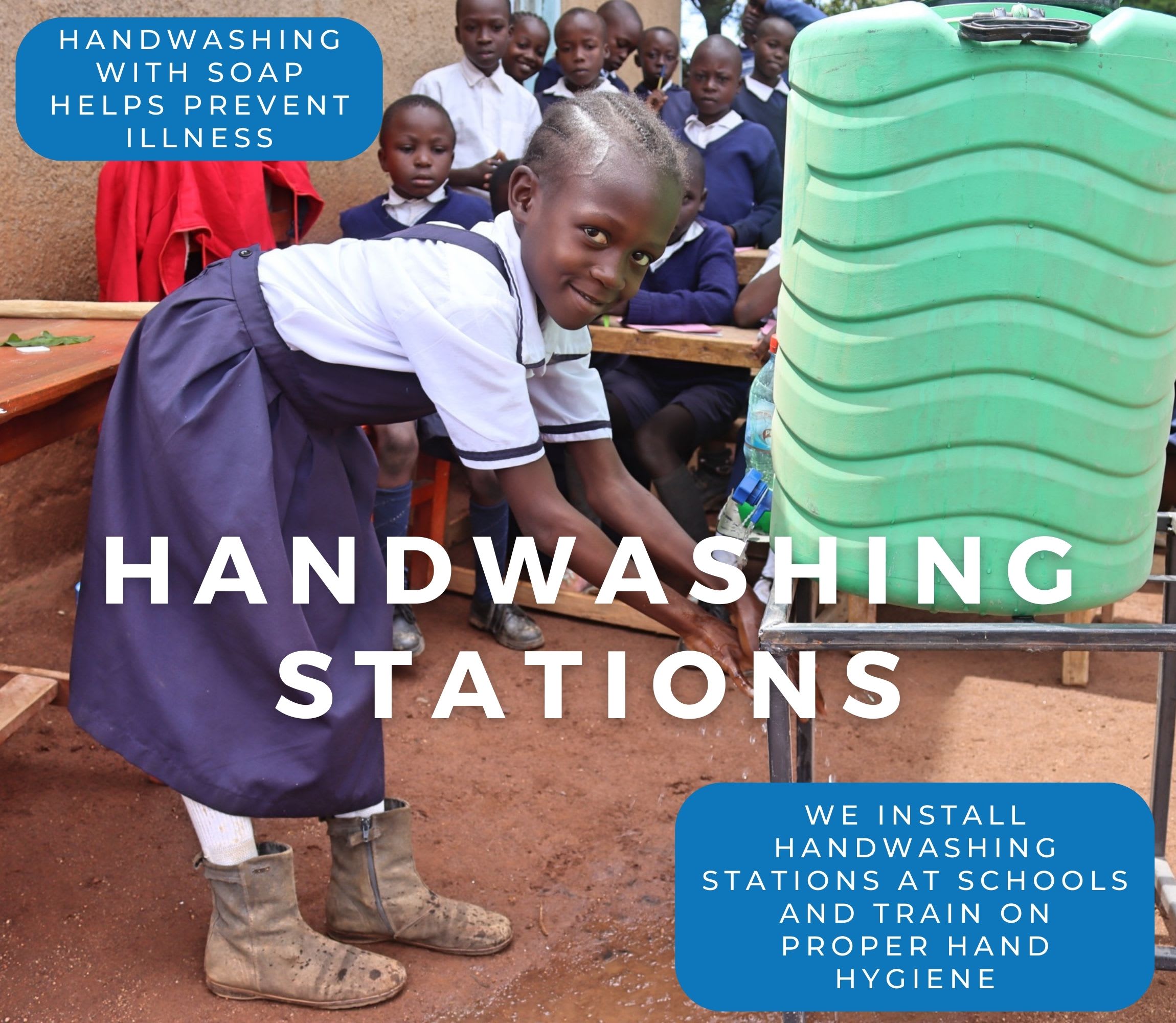The students and staff of Kwanganga Primary School only have two options for water to meet their daily needs, but neither is sufficient. The rain tank on the school campus is too small to meet the needs of all 264 students and staff, so it runs dry quickly. The only alternative is for the students to bear the responsibility of collecting water from community scoop holes in dry river beds and carrying that water to school. It is a heavy burden both physically and mentally.
Not only is it exhausting, but it is also risky to everyone's health, as the water they work so hard to collect is usually contaminated.
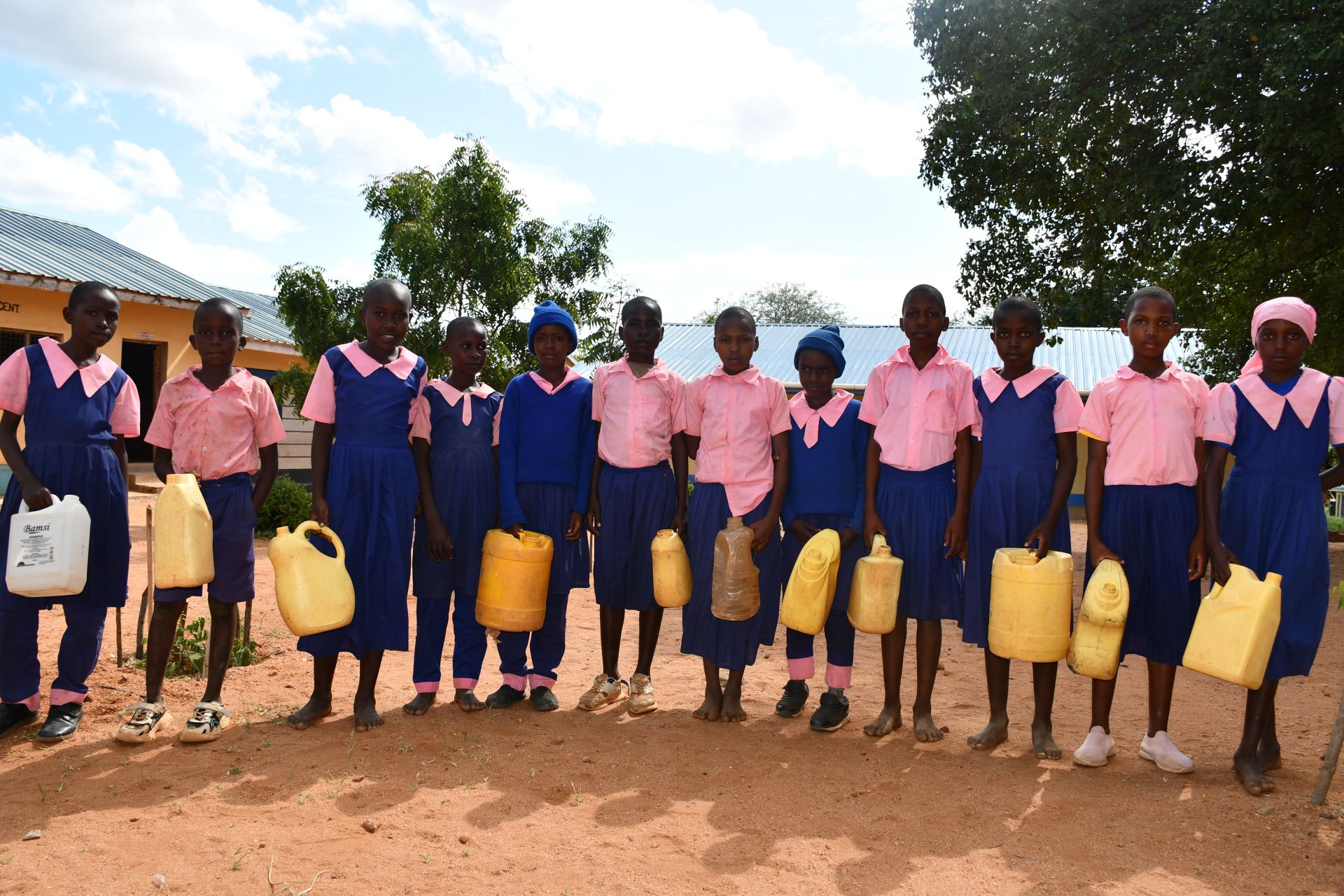
Students with their water jugs.
"The learners draw water from scoop holes in the evening after classes so that they bring it to school on the following day. Scoop holes are open to contamination because they are unprotected. The water is saline with an unpleasant taste and odor," shared Field Officer Alex Koech.

A typical scoop hole.
"Using water from open scoop holes in distant seasonal rivers exposes learners to multiple risks beyond infections. The long distances walked to fetch water cause fatigue, lateness, and reduced concentration in class. In addition, the time spent fetching water takes away from learning and play, impacting both academic performance and overall well-being," Alex continued.
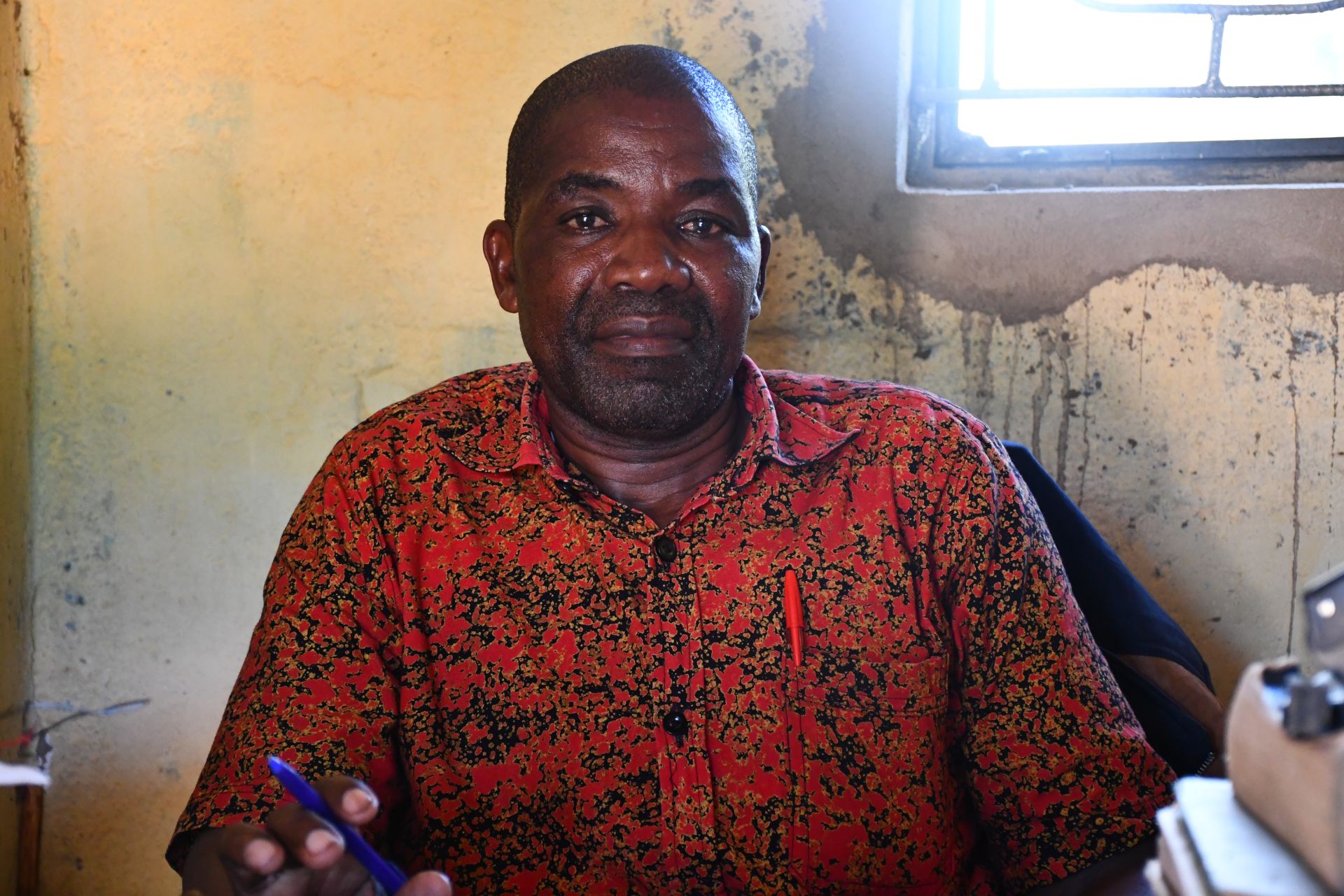
Mr. Wilfred Kimanzi.
Teacher Wilfred Kimanzi has a front-row seat to the havoc the water can cause. "The main issue is that our existing small plastic rainwater tanks are not enough to store water during the dry season. Once the rain stops, the tanks quickly run out, forcing learners to rely on unsafe and distant water sources, like scoop holes in seasonal rivers, which dry up or become heavily contaminated."
"Students have to carry water from home, often walking long distances and arriving late or tired. There’s also not enough for handwashing, cleaning classrooms, or maintaining sanitation, which affects their health and ability to focus in class," he continued.
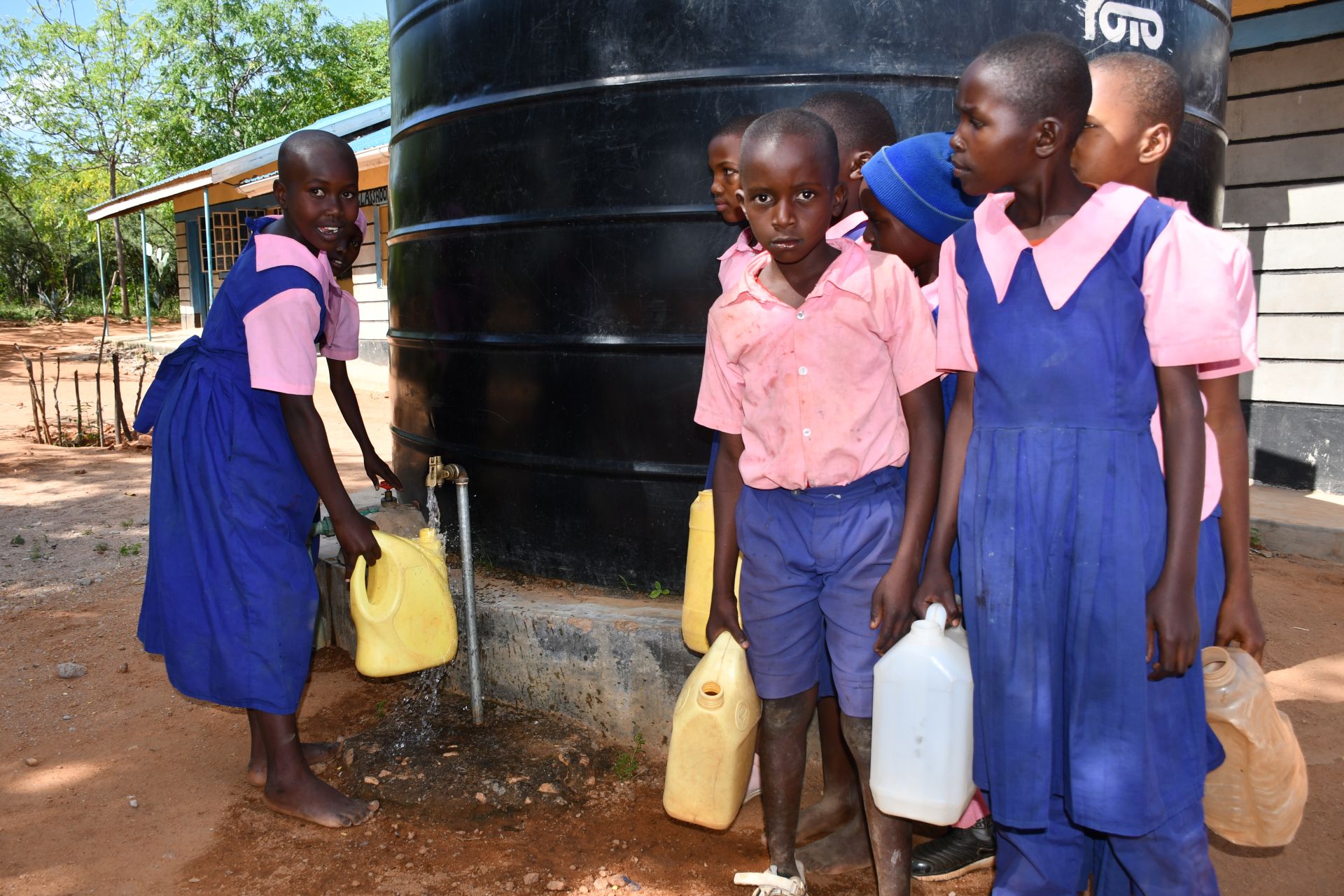
Students collect water from a small rain tank.
But physical exhaustion is not the only cost. Students often fall ill from consuming the contaminated water they worked so hard to obtain.
"The water they bring is usually unsafe, leading to illness," declared Mr. Kimanzi.
"Just a few weeks ago, some pupils from Grade 5 fell ill with severe stomach pains and diarrhea after drinking water brought from the scoop holes at the seasonal river. They had to miss school for several days to seek treatment. It was heartbreaking to see them suffer from something as basic as unsafe water, and their absence disrupted their learning," he recounted.
"Water-related illnesses lead to high absenteeism as children stay home sick or attend medical appointments. Their performance in class declines due to missed lessons and fatigue. Some families also face financial strain when they have to pay for treatment, affecting their ability to support their children's education fully," he continued.
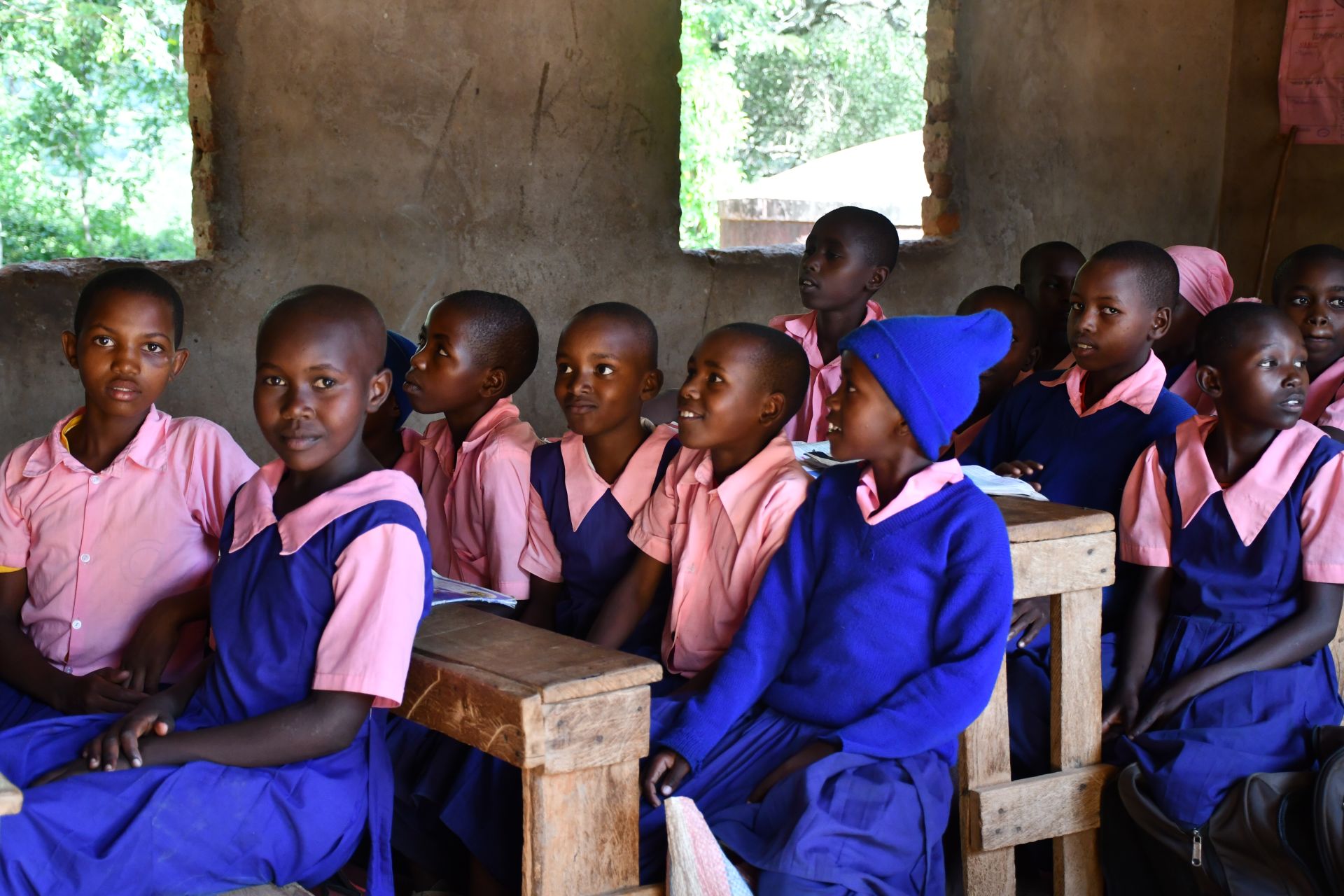
Mr. Kimanzi truly takes the children's suffering to heart, all because they lack access to a vital resource like clean water.
"As a headteacher, it deeply concerns and saddens me. Every child deserves access to clean and safe drinking water. Watching students fall ill from something preventable is frustrating and disheartening. It affects their dignity, health, and future," he lamented.
But Mr. Kimanzi can see hope. He envisions a brighter future.
"With access to safe and reliable water, academic performance would greatly improve. Learners would come to school healthier, more punctual, and ready to learn. They would spend more time in class instead of fetching water or recovering from illness. Clean water supports a stable, productive learning environment."
This is where we come in. We plan to construct a 104,000-liter rain tank that will collect sufficient water during the rainy season to last throughout the school year. Then students and staff can focus on learning instead of expending energy collecting water and fighting off illnesses.
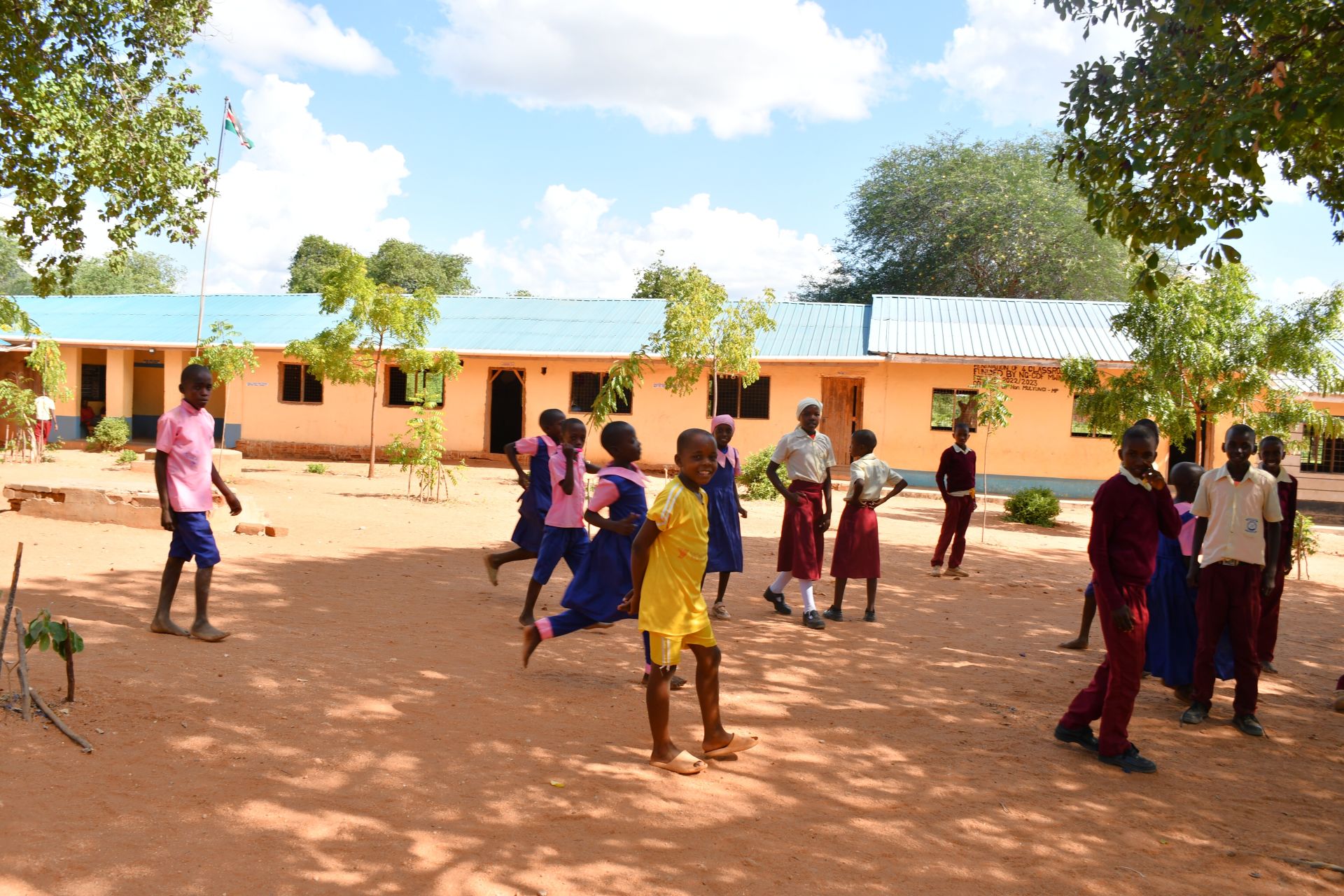
"To me, water truly is life—it’s the foundation of good health, dignity, and learning. Without water, our children suffer, and our school cannot function effectively. Water gives hope and opportunity. With it, we can build a better future for every child at Kwanganga Primary School," Mr. Kimanzi so aptly said.
Steps Toward a Solution
Schools without reliable, on-premises water access often rely on students to fetch and carry water, leading to rationing and uncertainty about water quality. The water is typically poured into a communal storage tank and used by the entire school. With children carrying water from all different sources, it is also impossible for teachers and staff to know exactly where the water comes from and how safe it is to drink.
A new water point will be located on-premises at the school to ensure accessibility, reliability, and safety for students, teachers, and staff while meeting our school coverage goals. Having water available at the school allows children to drink, wash hands, and use sanitation facilities without leaving school grounds, preventing disruptions to lessons and reducing safety risks. A dedicated source increases water availability, reduces reliance on stored water, minimizes rationing, and ensures confidence in the safety of the water. This means staff and students are healthier, and their lessons aren’t disrupted, contributing to a better education!
Our technical experts worked with the school leadership and the local community to identify the most effective solution to their water crisis. Together, they decided to construct a rainwater harvesting system.
Rainwater Harvesting System
A rainwater collection system consists of gutters that channel rainwater effectively into large holding tanks. Attached to buildings with clean, suitable roofing, these systems are sized according to the population and rainfall patterns. Water can be stored for months, allowing for easy treatment and access. Learn more
Handwashing Stations
Alongside each water source, we install two gravity-fed handwashing stations, enabling everyone at the school to wash their hands. Handwashing is crucial for preventing water-related illnesses within the school and community. Student “health clubs” maintain the stations, fill them with water, and supply them with soap, which we often teach them how to make.
School Education & Ownership
Hygiene and sanitation training are integral to our water projects. Training is tailored to each school's specific needs and includes key topics such as proper water handling, improved hygiene practices, disease transmission prevention, and care of the new water point.
To ensure a lasting impact, we support forming a student health club composed of elected student representatives and a teacher. These clubs promote hygiene practices schoolwide and keep handwashing stations well-stocked. This student-led model encourages a sense of ownership and responsibility.
Safe water and improved hygiene habits foster a healthier future for the entire school.
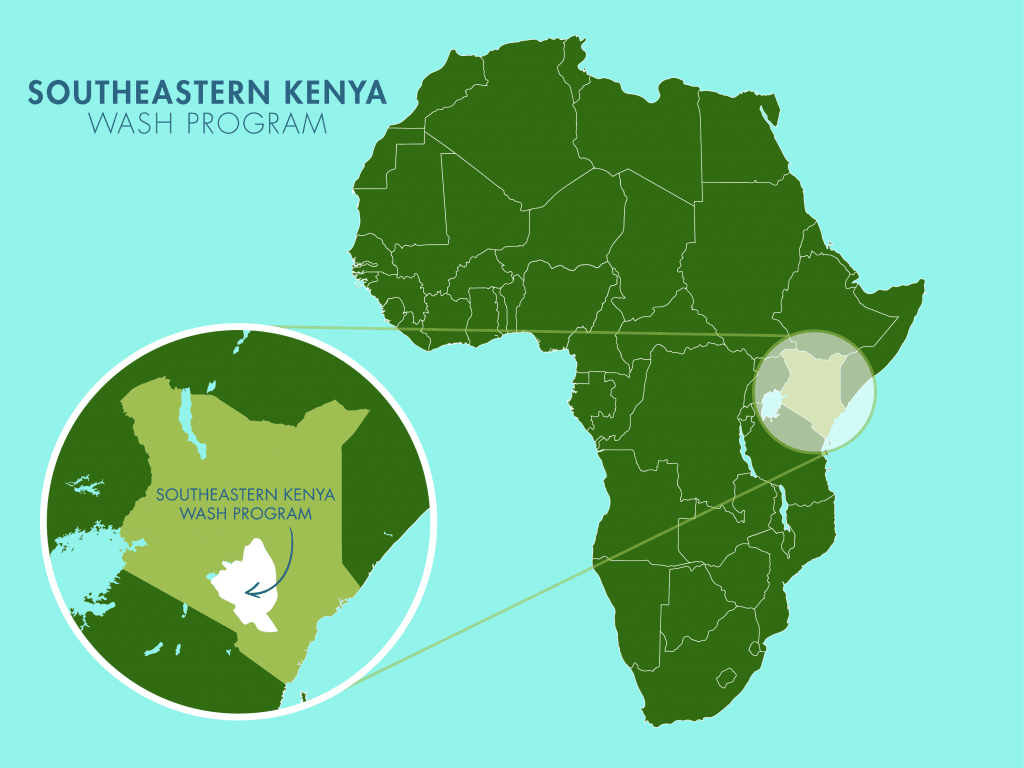
 Rainwater Catchment
Rainwater Catchment
 Rehabilitation Project
Rehabilitation Project





